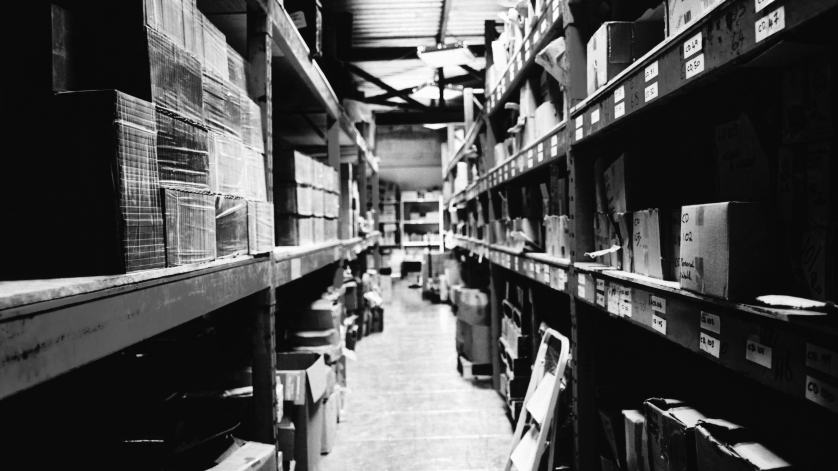
Manufacturers and refiners figured out long ago that there were three primary considerations in their business: cost, reliability, and safety. A successful manufacturing or refining business will have processes in place to monitor all three considerations and will weigh the impact of implementing a new more reliable and safe manufacturing process against odds like significant capital costs, for example. Furthermore, senior management is constantly looking for new ways to cut costs while maintaining or improving reliability and safety.
The method execs have typically used in the past for analyzing potential cost-cutting has been along the lines of, “what expensive part or process can we replace with a cheaper part or process with little to no impact on reliability or safety?” This kind of approach seems logical enough and may even work on a case-by-case basis.
Twenty-first century business execs, however, are learning that this kind of piecemeal approach is of limited value and that analyzing total cost of ownership (TCO) is the best way to seek efficiencies in production operations. Analyzing TCO enables you to consider equipment life-cycles and employee-related factors and can enable improvements in reliability and safety along with cost reductions. TCO is generally defined as the combined cost of materials, downtime, and total labor.
Well-Designed Instrumentation Systems Can Reduce Your TCO
A decision to save money by buying less expensive instrumentation such as gauges can seem reasonable on first glance. The cheaper gauge is still going to supply the correct pressure or temperature, right? Why spend more money than you have to for the same result?
Well, if you do a thorough TCO, it turns out there are several good reasons to not use lower-quality gauges. First, the life span of these gauges is often shorter, which means you’re replacing these instruments more frequently and actually spending more in the long run. Second, and perhaps more importantly, the fact that low-quality gauges break down more often almost inevitably leads to increased equipment downtime. Furthermore, when examined from a TCO perspective, in most cases the cost of even the most expensive instrumentation systems are minor compared to significant downtime.
Using the Right Gauges in the Right Places
Optimizing your instrumentation system involves more than just using high-quality gauges with long lifetimes. Gauge safety is important in ensuring overall plant safety. A thorough analysis will show you that using the appropriate gauge for the job in all applications will significantly reduce overall gauge failure, thus reducing all three aspects of TCO—replacement costs, labor costs, and downtime.
The reasons for the wrong type or model of gauge being installed at various points in a production process are numerous, but the two main culprits are too many gauges to choose from in a storeroom and merely a lack of knowledge about the functions and tolerances of modern gauges. Being aware of the specific instrumentation to install at each location requires a high level of knowledge of gauges and gauge safety.
Let the gauge experts at WIKA Instrument, LP. help you undertake ananalysis of your instrumentation systems. WIKA’s Full Audit Service Team (FAST) will help you with a complete inspection of your gauges so you can lower costs, reduce downtime, and increase safety. FAST engineers will also review your plant and storerooms to eliminate redundancies and make sure you have the right gauges in the right places.

